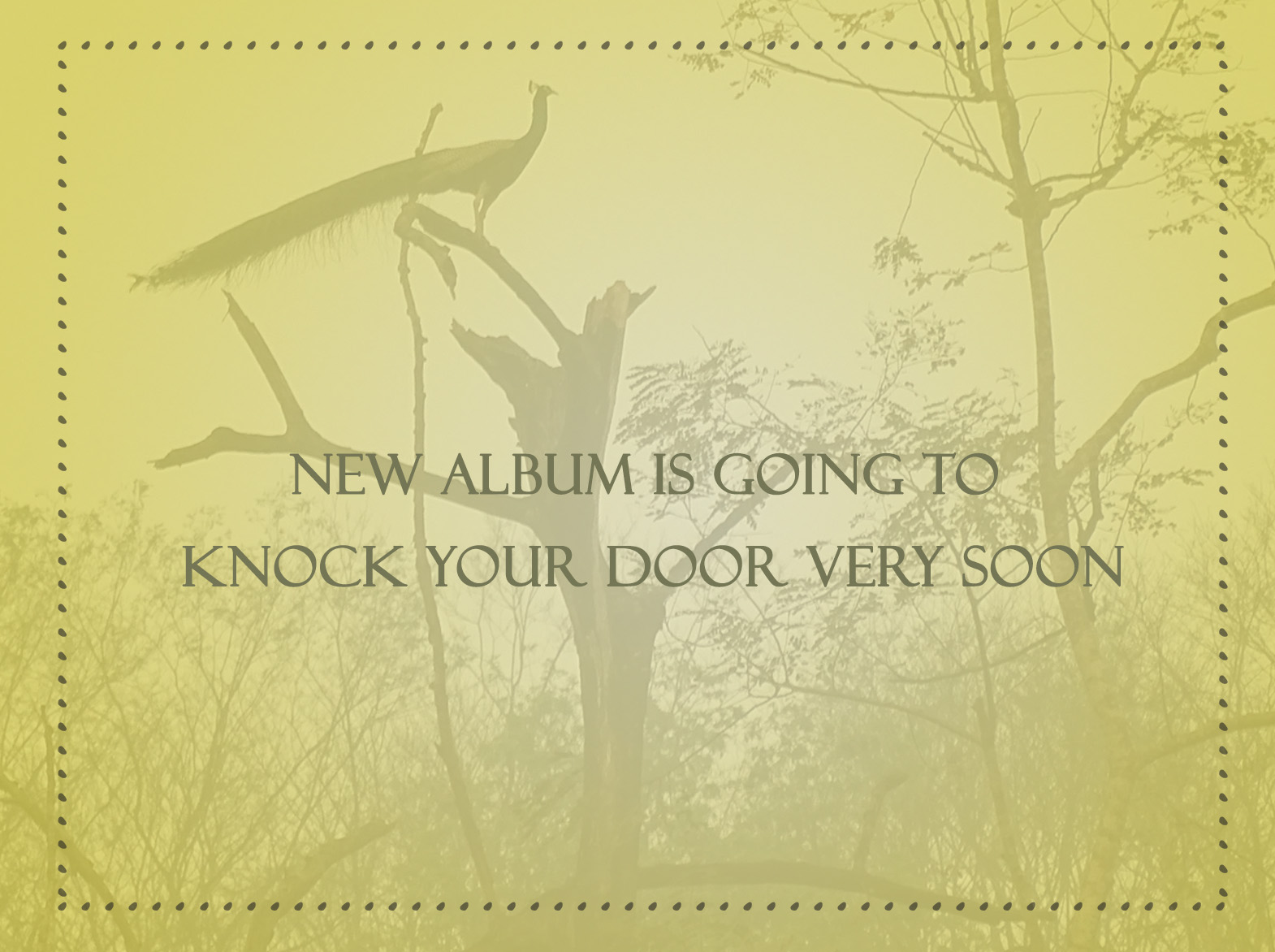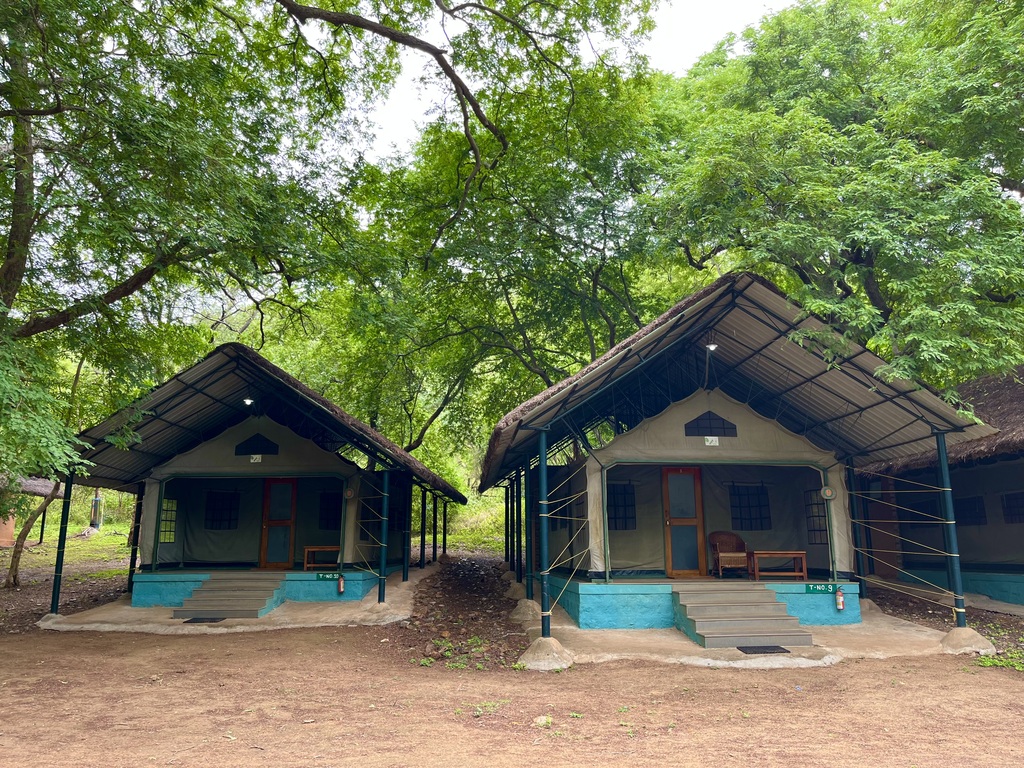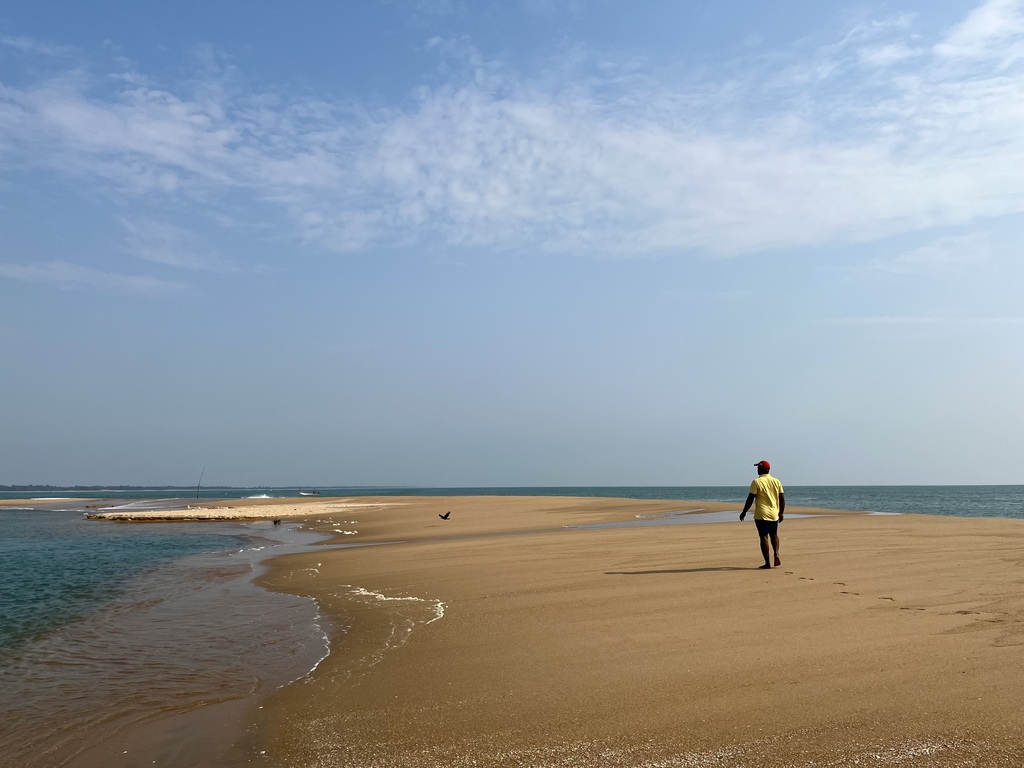
| Address: | Bhimashankar, Khed, Maharashtra 410509 |
|---|---|
| How to go: | You can easily start your journey from Pune. Around 14 MSRTC buses run daily from the Shivajinagar–Wakdewadi bus stand between 5:30 AM and 4 PM. These buses depart from platforms 14 to 18 and take approximately 3.5 hours to cover the 125 km distance. Initially, I thought of taking a bus, but since I had only one day and multiple places to explore in Bhimashankar — and because my mom was travelling with me — I decided to rent a car for a more comfortable trip. I booked a round trip car through MakeMyTrip, which cost ₹3000 for 17 hours. |
| Pros: | Public transport is available from Pune/ Manchar. Local market and few stays are available. |
| Cons: | Nothing such |
| What to visit ? |
|
| Company: | Solo, family |
| Minimum day/time to visit: | 1 full day |
| Locality: | Wildlife Sanctuary, Ghati ( Sahyadri mountain range) |
| Expenses: | |
| More Information: | Hey everyone! I hope you’re all doing well. Today, I’m beginning a brand-new travel series around Pune. There’s a circular pilgrimage route I’ve been wanting to cover ever since I started my pilgrimage journeys. Usually, pilgrims visit three of the twelve main Jyotirlingas in India — Trimbakeshwar, Bhimashankar, and Grishneshwar — all located in Maharashtra. Earlier this year, I visited Trimbakeshwar as part of my Nashik series. This time, I’ve planned something a little different. The first stop in this new series is Bhimashankar Jyotirlinga. So, let’s begin our spiritual adventure! About Bhimashankar Jyotirlinga The Bhimashankar Temple is nestled in the Sahyadri mountain range, part of the majestic Western Ghats. Interestingly, this is the same range where Brahmagiri Parvat — featured in my Nashik series — is located. According to the Shiva Purana, there are two mythological stories about how the Bheemashankar Jyotirlinga came into existence. Story 1: The Legend of Tripurasura Long ago, in the Sahyadri mountains, there lived a powerful demon named Tripurasura. Through severe penance, he earned a boon from Lord Shiva, which made him nearly invincible. Drunk with power, Tripurasura began tormenting the gods, sages, and devotees. He destroyed temples, spread fear, and caused chaos across the world. Unable to bear his atrocities, the Devas (gods) prayed to Lord Shiva for help. However, since Shiva Himself had granted Tripurasura his boon, He sought the assistance of Mata Kamalaja, an incarnation of Mata Parvati and the Kuldevi (family goddess) of the local people. Together, they manifested as Ardhanarishwara, a divine form embodying both Shiva and Parvati, to destroy the demon. A fierce battle took place in the mountains — the skies thundered, the rivers roared, and the earth trembled. Finally, on Kartik Purnima, Mata Kamalaja defeated Tripurasura and restored peace. This day is still celebrated as Tripurari Purnima. Temple Visit If you ever visit a Jyotirlinga temple, I highly recommend staying at least one night to truly feel its spiritual energy. However, Bheemashankar has limited accommodation options. You’ll find a few hotels near the bus stand, which you can check out on arrival. The temple is located in Bhorgiri village and is the sixth Jyotirlinga among the twelve in India. Built in the Nagara style of architecture, the main shrine dates back to the 13th century, while the Sabhamandap (assembly hall) and Shikhara (tower) were added in the 18th century by Nana Phadnavis. The temple also has a fascinating historical connection. Chimaji Appa, the younger brother of Peshwa Baji Rao I, played a key role in reclaiming the Vasai Fort from the Portuguese in 1739. As a mark of victory, he brought back five large bells from the fort — one of which he dedicated to the Bhimashankar Temple. If you’ve watched my Panchavati video, you might remember the Naroshankar Temple — it also has one of these five bells! Places to Visit Around Bhimashankar Apart from the Jyotirlinga temple, there are several other sacred and scenic spots you shouldn’t miss: 1. Bhimashankar Trek – A popular pilgrimage trek via Ganesh Ghat or Sidhi Ghat, both routes converge near the forest check post before reaching the temple. 2. Kamalaja Mata Mandir – Dedicated to the goddess who helped Lord Shiva defeat Tripurasura. 3. Origin of River Bhima – A serene and sacred spot just 500 meters from the main temple. 4. Gupt Bhimashankar – A hidden shrine believed to be the original form of the Jyotirlinga. 5. Shri Ram Mandir – A beautiful temple dedicated to Lord Rama. 6. Mumbai and Konkan Points – Viewpoints offering panoramic views of the valleys. 7. Hanuman Lake – A tranquil spot en route to Nagfani. 8. Nagfani Viewpoint – Offers breathtaking views of the Nagfani Peak and Padargad Fort. The Ganesh Ghat route provides easier access to Padargad. Kamalaja Mata – The Lotus-Born GoddessKamalaja Devi is revered as the protective mother goddess of this region. Her name comes from Sanskrit — “Kamala (कमला)” means lotus, and “Ja (जा)” means born of. So, Kamalaja literally means “one who is born from a lotus.” True to her name, she is depicted seated upon a lotus in her temple. The Origin of the Bhima River A short 500-meter walk from the main temple takes you to the origin of the Bhima River. This river flows through Pandharpur, where it forms a crescent shape — earning the name Chandrabhaga. Speaking of Pandharpur, it is the sacred abode of Lord Vitthal Narayana and Goddess Rukmini Devi. Gupt Bhimashankar and the Second Legend Now, let’s explore Gupt Bhimashankar, another sacred site connected to the Jyotirlinga’s formation.The second legend revolves around Bhima, the son of Kumbhakarna (the brother of Ravana). His mother’s name was Karkati. When Bhima learned that Lord Rama had slain his father during the battle of Lanka, he was consumed by anger and vowed revenge. To gain immense strength, Bhima performed severe penance to Lord Brahma. Impressed by his devotion, Brahma blessed him with unparalleled might. Empowered by this boon, Bhima began tormenting sages and Shiva devotees. During his reign of terror, he imprisoned King Priyadharman (Kamrupeshwar) and his wife Dakshinadevi of Kamrupa. Even in captivity, they continued their unwavering devotion to Lord Shiva. Moved by their prayers, Shiva manifested before Bhima and a fierce battle ensued. Ultimately, Lord Shiva vanquished Bhima, and at that very spot, the Bheemashankar Jyotirlinga emerged. Some legends also claim that this event occurred in Kamrup, Assam, where devotees believe the original Bheemashankar Jyotirlinga manifested. In that version, the Brahmaputra River holds the place of spiritual significance instead of the Bhima River. Nagfani Trek and Final Thoughts Our next stop is the Nagfani Trek — a short, scenic trail that passes by Hanuman Lake before leading to the viewpoint. From the top, you can enjoy panoramic views of the mountains and valleys. Beauty Around Bhimashankar and Its Forest Bhimashankar is not only a sacred pilgrimage site but also a paradise for nature lovers. Nestled deep within the lush Sahyadri hills of the Western Ghats, the region is wrapped in dense evergreen forests, mist-laden valleys, and the soothing sound of flowing streams. The Bhimashankar Wildlife Sanctuary, which surrounds the temple, is home to a rich variety of flora and fauna. This includes towering trees of mango, fig, and bamboo, along with vibrant orchids and wildflowers that bloom after the monsoon, filling the air with fragrance and color. The forest is also famous for the rare and endemic species — most notably, the Indian Giant Squirrel (Shekru), which is the state animal of Maharashtra. Early mornings here are magical, as golden sunlight filters through the thick canopy, and the forest comes alive with the calls of Malabar whistling thrushes and other hill birds. The entire landscape offers a meditative calm, with trails that lead to stunning viewpoints like Nagfani Peak and Kokankada Point, where you can gaze across rolling green hills and distant valleys draped in fog. During the monsoon season, Bhimashankar transforms into an emerald wonderland — waterfalls gush down every slope, and the earthy aroma of wet soil fills the air. It’s a place where spirituality blends seamlessly with natural beauty, where devotees and trekkers alike feel a deep connection to both the divine and the wild. Whether you come to pray, trek, or simply breathe in the mountain air, Bhimashankar offers an experience that stays with you long after you’ve left its sacred forests. I honestly didn’t think I could cover everything in one day — but somehow, I managed to experience it all. Conclusion Bhimashankar is not just a temple; it’s a divine experience surrounded by the serenity of the Sahyadris, where mythology, faith, and nature beautifully intertwine. |

























































































All Comments
No Comments Available